Contents
Those who have dealt with planting and growing roses are well aware that these flowers require constant care and attention. Only by making an effort, you can extend the flowering of the bush for many years. Care of garden roses consists of many stages, each of them is very important and requires detailed consideration. In this article, you will learn not only how to care for roses, but also how they can be planted. This information will help you avoid mistakes and grow beautiful flowers.

Where to plant garden roses
These flowers are very fond of sunny color, so it is better to plant them in well-lit areas. But you should not plant roses in open areas where the sun will illuminate the plants with direct rays all day. Lighting is the most important condition for the formation of young buds, but in the scorching sun the flowers will fade very quickly. In this case, the color of the buds will not be so saturated, and the edges of the petals will curl up and dry out.
Too shaded area is also not suitable for growing roses. Without sun, the plant will not be able to form new buds, and flowering will be weak. Due to dampness, the bush will be susceptible to fungal diseases, which can completely destroy the flowers. Areas with a southeast orientation are best suited, but northern and northeastern ones can have a detrimental effect on roses.
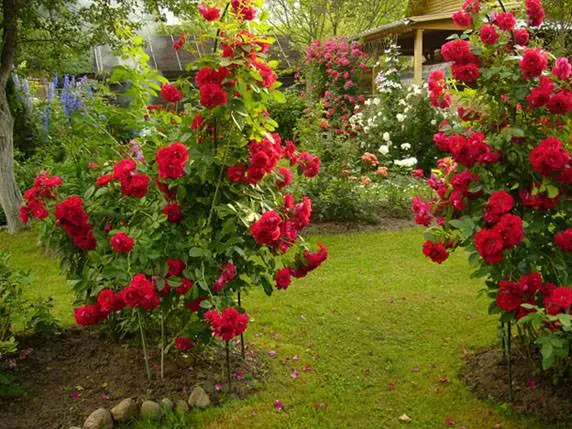
You can not plant a garden rose too close to other bushes or trees. Their strong roots will take all the moisture and create shade. Then long shoots will appear on the bushes, incapable of forming buds.
Soil preparation
For good growth and flowering, roses need to be planted in light loamy soil. It should be loose and rich in humus. Chernozem is also perfect for planting and caring for garden roses. Sandy and sandy soils are unsuitable for these flowers. Such soil tends to warm up strongly by the sun, and freeze very quickly during frosts.
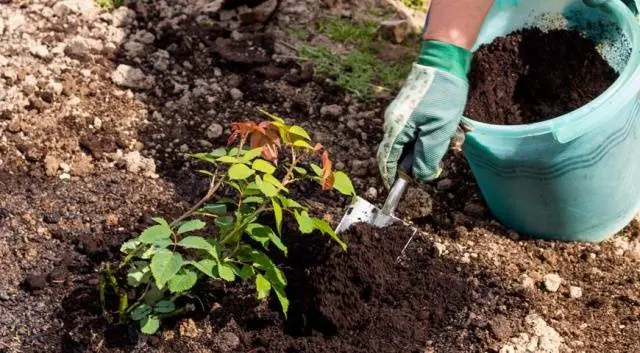
The roots of roses are very sensitive, and such temperature changes can harm the plant. To improve the composition of such soil, peat, sod or rotted manure is added to it. Clay soils are also unsuitable for growing roses. Such soil is able to absorb a large amount of water, which can provoke the appearance of fungal diseases. To improve the soil, sand, humus, peat and compost are added to it.
Suitable soil temperature
Soil temperature has a strong influence on the growth and flowering of the bush. At a temperature of 15 ° C to 22 ° C, the rose will develop well and will please with abundant flowering. If it is above 25 ° C, the root system will overheat, which can adversely affect the plant as a whole. In this case, the soil around the bushes is mulched with peat, cut grass or humus.
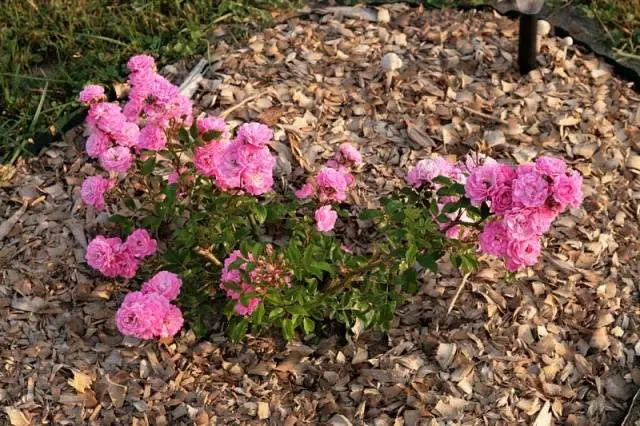
Selection of seedlings
For the middle lane, grafted seedlings, rather than own-rooted ones, would be the best option. Such bushes have a more developed root system, high frost resistance, and take root well in a new place. They are also disease-resistant and capable of simultaneously flowering a large number of roses. Caring for such bushes requires the removal of wild shoots growing from the root of the plant. A large amount of such shoots can turn a rose into a wild rose. Such a reincarnation occurs due to the fact that the rose is most often grafted onto the root system of such bushes.
When choosing seedlings, you should pay attention to the appearance of the root system. It can be open or closed with a peat ball. Open rhizomes can be damaged during transplantation and transportation. Therefore, it is better to buy closed seedlings. They tolerate transplantation more easily, and also grow faster, and, accordingly, bloom.
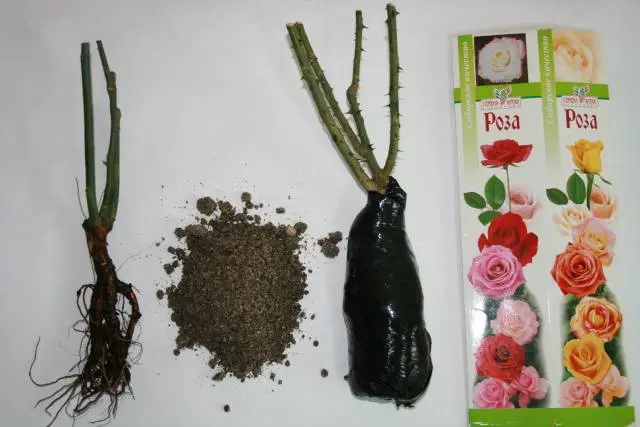
When choosing, the foliage located on the bush requires special attention. Sluggish and dry foliage indicates the weakness of the bush. If there are only 3 or fewer shoots on the bush, then such a seedling is not worth buying. Shoots must be free of cracks and spots. If the root system is open, inspect it for damage. Broken roots with cracks and scratches will not be able to grow in a new place.
When to plant roses
Roses are planted in open ground both in autumn and in spring. Remember at the same time that bushes planted in autumn will have time to take root and bloom much faster by spring than if you planted them in spring. Therefore, the best time for planting bushes is autumn. It is necessary to start planting no earlier than September, so that young buds do not wake up before the onset of frost. And if you plant seedlings later than mid-October, there is a chance that the plant will not have time to take root and will simply freeze. With the correct planting time, the root system will have time to form young roots, and harden before the onset of frost. After awakening in the spring, the rose will be full of energy, and ready for the formation of the ground part.
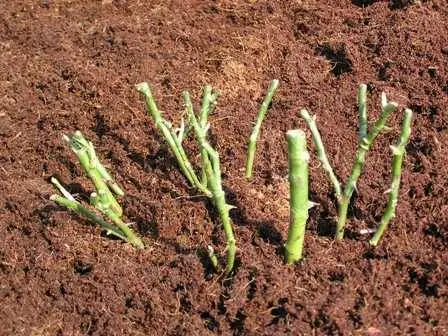
Ways to plant garden roses
Before planting, it is necessary to clean the root system. All roots are shortened, leaving only 20 centimeters in length, and dry and damaged roots are cut off completely. Shoots should also be shortened, leaving only 3-5 buds on them. Planting seedlings is carried out by the following methods:
- dry method;
- wet way.
With a dry planting method, they dig a hole about 30 cm deep and about 55 cm wide. Organic fertilizers (biohumus, compost or humus) are applied there, as well as mineral supplements (nitrogen, phosphorus and potassium). They are thoroughly mixed with the soil and placed at the bottom of the hole.
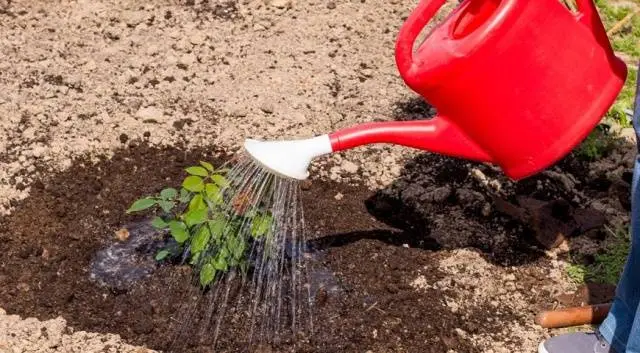
Seedlings are placed in a hole so that the root collar is deepened into the ground by 3 centimeters. This will help the plant not to dry out in hot weather, and will also allow you to quickly take root. Lowering the seedling into the hole, you need to carefully spread the root system along the bottom, and gradually fill it with soil, slightly compacting the soil. After the done, the bush is abundantly watered with water, and spud 20 cm up.
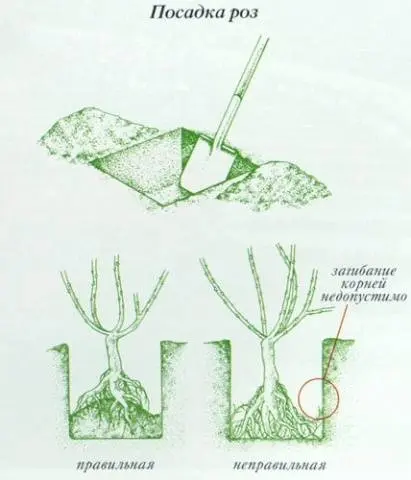
With the wet method, the hole is dug in the same way as with the dry method. Next, a bucket of water is poured into it, in which 1 tablet of heteroauxin is dissolved. A seedling is placed in the hole, and the prepared soil is poured directly into the water. Diluted with water, the soil completely fills the entire space between the roots, leaving no voids. From time to time, the seedling needs to be shaken and the soil compacted. Naturally, after this method of planting, it is not necessary to water the plant superficially. The next day, when the earth settles a little, you will need to slightly raise the seedling and add soil. The landing site must be tamped. Spud the plant to a height of up to 15 centimeters.
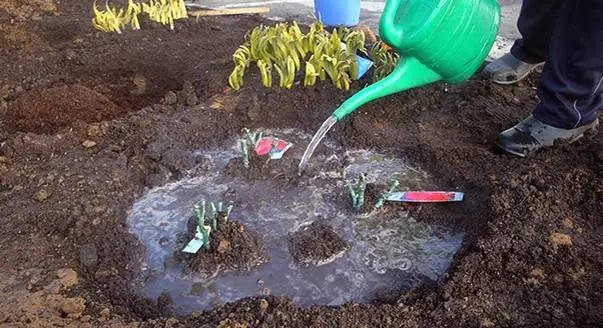
Care after landing in both cases is the same. The first weeks the rose will need abundant watering. When the seedling is well rooted and grows, it needs to be unraveled and the soil around it mulched with peat or straw.
Rose bush care
To enhance flowering and facilitate plant care, a bush is formed in the first year of life. This process is the removal of all young buds and pinching of shoots above 4 or 5 leaves. Since rose bushes are different, the method of formation may vary. To reduce the width of sprawling bushes. When forming, only the central shoots are left. On the kidney, directed inside the bush, a cut is made. In compressed bushes, on the contrary, side shoots should be left. This makes the plant more lush and voluminous.
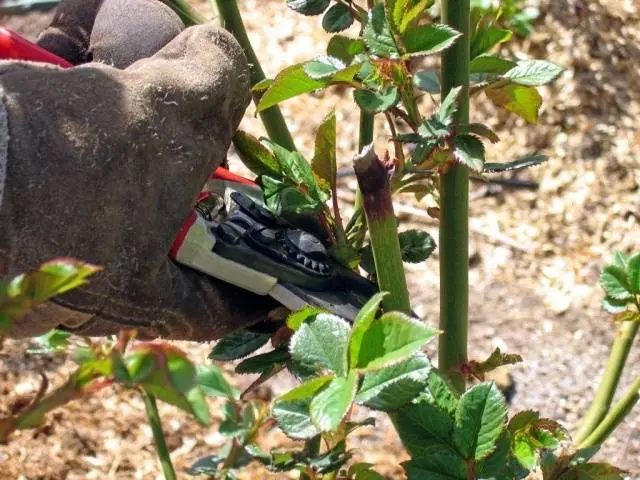
After creating the desired shape of the bush, pinching the roses is stopped. Now the plant needs a lot of strength in order to start flowering.
When to open roses in spring
It is very important to find the right time to remove the shelter from the bush. Remember, if you open roses early, there is a risk of frost returning and damage to young buds. And if, on the contrary, it is done too late, it will lead to aging.
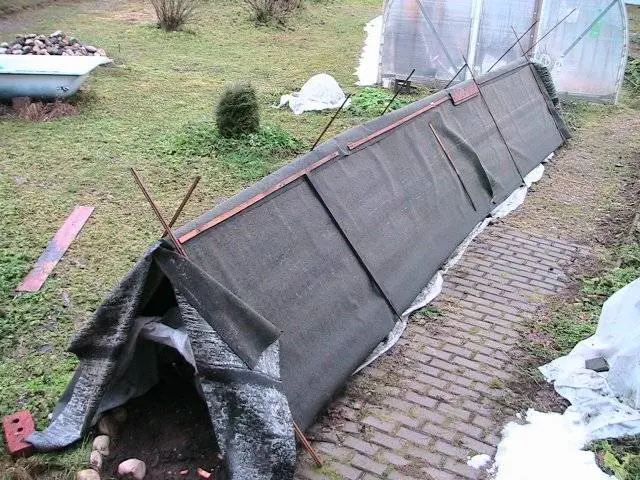
No one can say the exact date when the shelter will be removed. In each region, this time may vary. The main thing is to monitor the thawing of the soil. If the night frosts are not strong, and the soil around the bush has thawed to a depth of about 20 centimeters, then the shelter can be safely removed. Some gardeners remove the shelter from the bush gradually, hardening the plant and accustoming it to temperature changes.
How to prune roses
Without removing old and dry shoots, it is impossible to grow healthy bushes. Pruning garden roses stimulates new growth and helps create an attractive bush shape. All you need for pruning is a pruner. Cut dry shoots from a bush to half a centimeter above a healthy kidney. Pruning is carried out in spring, summer and autumn.
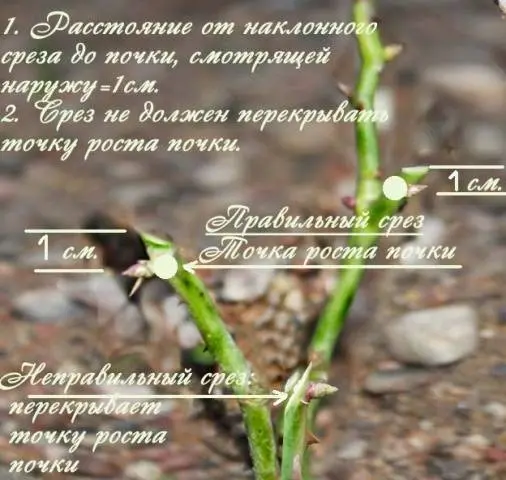
The first pruning is done in the spring, immediately after the rose has been removed from the shelter. At this time, the growth of branches begins, so you can not hesitate with pruning. Summer pruning is provided in order to remove dried flowers and “blind” damaged shoots from the plant. Also, if the bush is grafted, you need to remove the wild shoots.
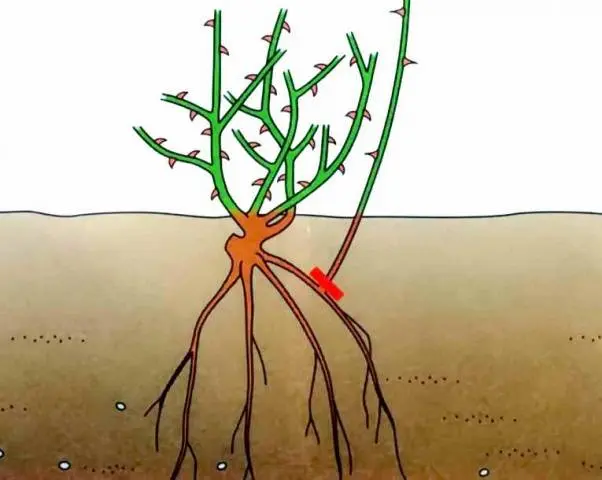
It is advisable to cut wild shoots from the bush as soon as they appear. To do this, you need to slightly tear the soil near the root and cut off the shoots at the very base. After that, the earth needs to be covered back up and slightly compacted. By cutting off the shoots at ground level, you can achieve the opposite result, the shoots will grow even stronger.
In autumn, pruning is carried out in order to remove too long shoots, dry buds and emerging fruits.

Pests and diseases
Rose care provides for the mandatory prevention of diseases, as well as the treatment of emerging viruses and fungi. In order to provide timely assistance to the plant, it is necessary from time to time to conduct a thorough inspection of the bushes for the presence of pests and signs of disease. By starting the fight on time, there is a high probability of saving the plant.

For prevention, you can use the following methods:
- you can plant a plant with a pungent smell near roses, which will scare away pests. Decorative onions and sage are well suited for these purposes;
- periodically water the bushes with infusions of garlic, onions, calendula;
- leaves affected by black spot should be immediately plucked from the bush and burned so that the fungus does not spread to other plants;
- from mid-July it would be good to start sprinkling bushes with ashes;
- do not plant roses too densely. This can lead to fungal infection.
Conclusion
Care and cultivation of garden roses is within the power of everyone. Having planted these flowers for the first time on your site, you will most likely want to purchase other varieties. With their help, you can create a real rose garden in your yard.









